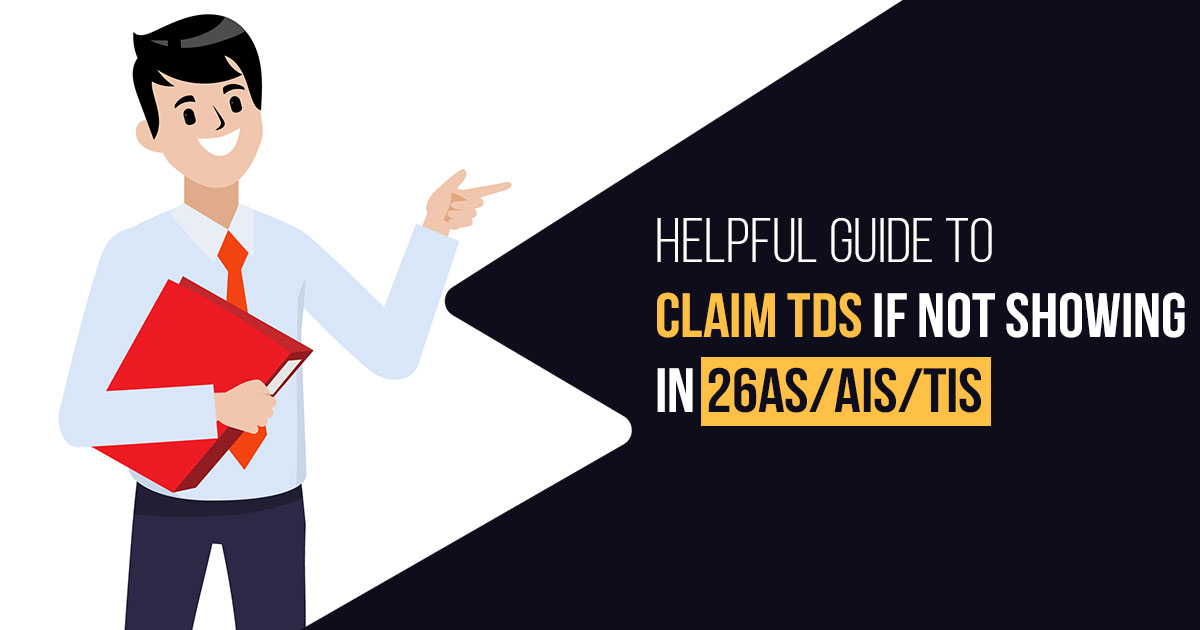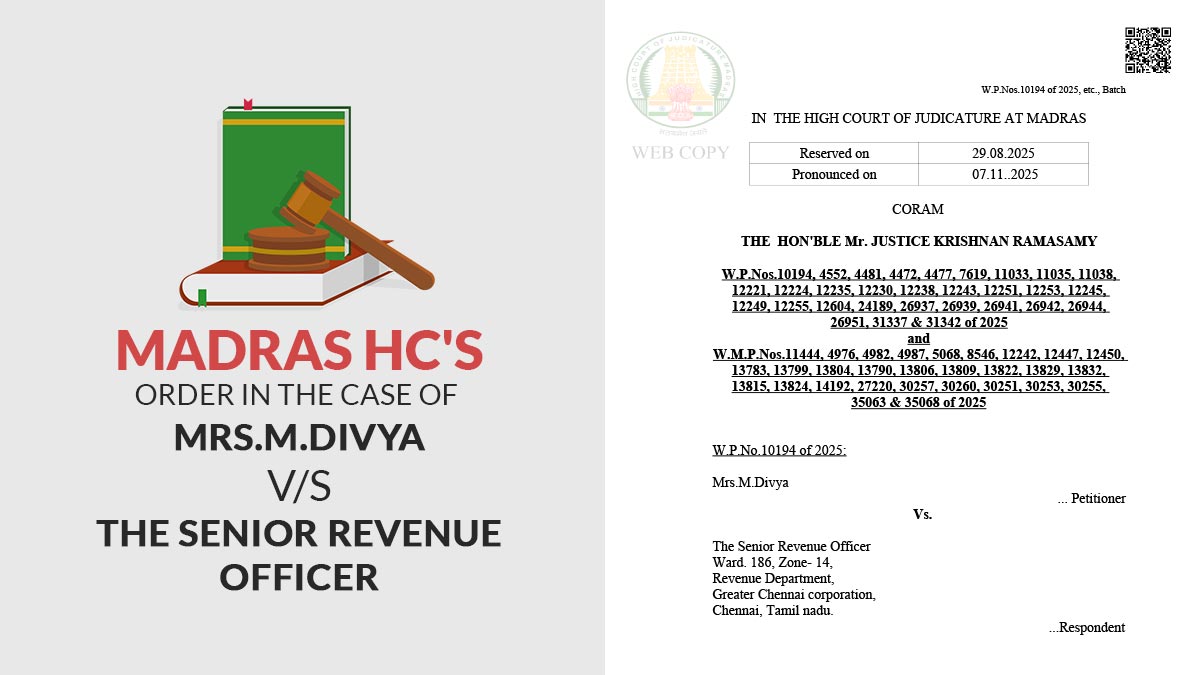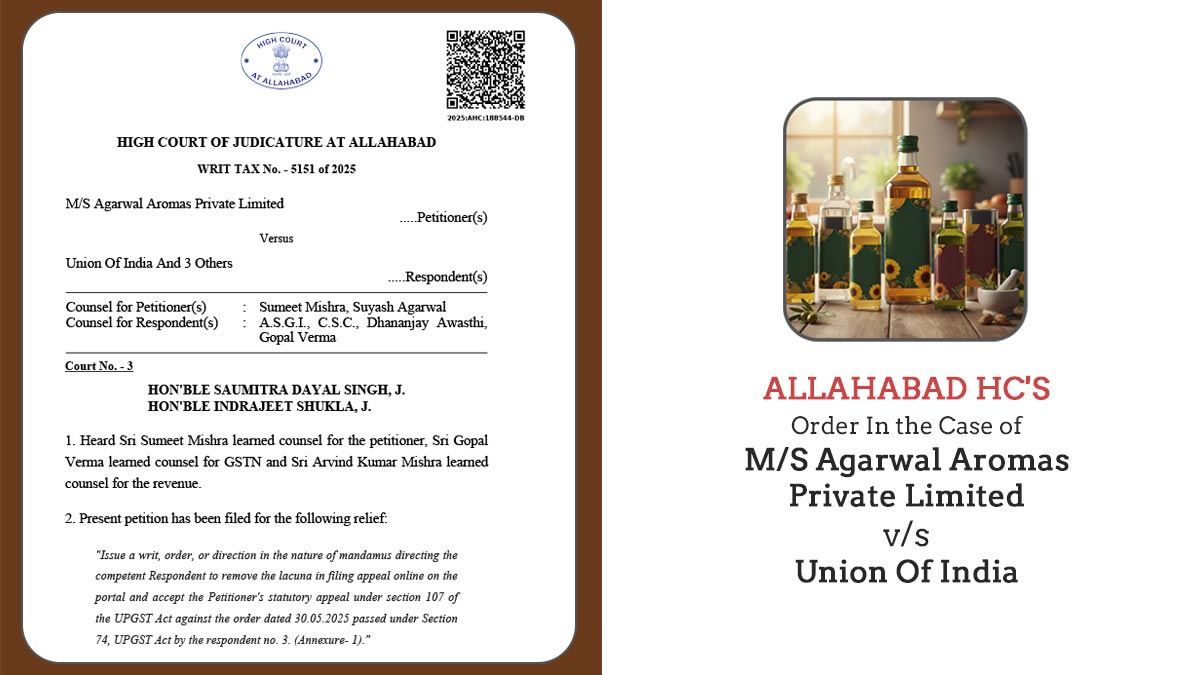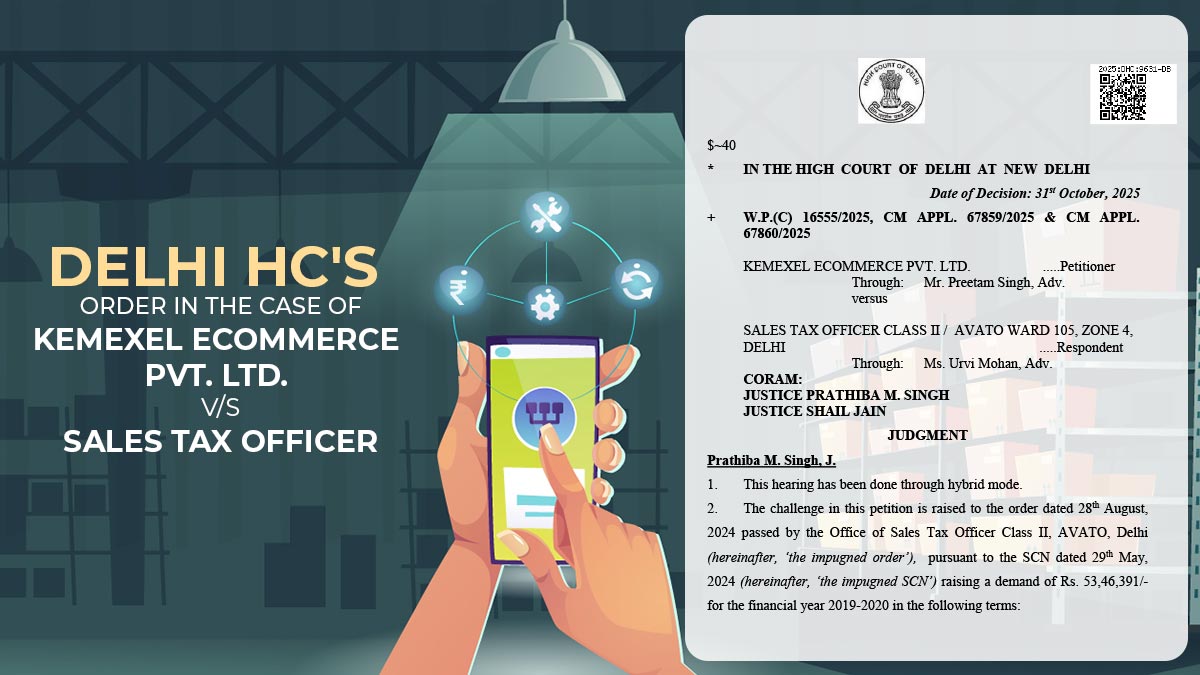
This article will aware of the TDS claim process if credit is not reflected in 26AS, AIS and TIS forms.
There is Section 205 of the Income Tax Act of 1961 that gives you rights in certain situations. For example, if you are paying 60% tax on your income but your adequate tax liability is only 30%, you need to be aware of this Section.
What is I-T Section 205?
Section 205 of the Income Tax Act saves you from paying the tax on the income from which TDS is already deducted. Under this Section, the Income Tax Officer can not collect tax in such a situation. Therefore, a taxpayer can claim the TDS credit while filing an ITR by presenting evidence of TDS deduction. The taxpayer is liable even if such a TDS credit is not considered in 26AS/AIS/TIS forms.
Take, for example, an employee’s salary after the TDS deduction. That deduction from the employer’s side does not go to the government. Thus, the employer did not file the TDS returns. In this situation, the TDS deducted by the employer will not be reflected in the 26AS/AIS/TIS of an employee, if the employee files his ITR.
Here, the employee can do two things.
Repay the Income Tax
The employee had already paid the Income Tax at the time of the deduction. Now he has to pay a second time while filing the Income tax return. Claiming the TDS credit while filing the ITR can save you from paying twice.
Claim TDS Even if it Dosn’t Appear in 26AS Form
The employee can claim the TDS credit manually while filing ITR. It can be done even if not reflected in 26AS, TIS or AIS forms. A notice may be sent to the employee by CPC for a mismatch in TDS credit. The case will be handled by litigation before going to the tax authorities. In the course of litigation, the taxpayer is required to submit unquestionable proof with relevant documents that show TDS has already been deducted from the income.
Income Tax Authorities have few judgments in which the order has issued that rather than collecting the Tax from an employee, the tax officials are ordered to collect the Income Tax from the TDS deductor. The CBDT also has commanded Office Memorandum F.NO.275/29/2014-IT(B), Dated 11-3-2016 directing the Income Tax officials to adhere to the same.
Lately, in January 2023, it was held that the rule of estoppel under provisions of section 205 of the Act will come into effect if the indirect method of TDS discharges the taxpayer’s tax liability. It prevents the department from recovering taxes from the taxpayer’s income that TDS is deducted from.
Deduction of tax at source is the only one of the ways to recover tax, according to the Hon’ble Gauhati High Court’s ruling in the case of Assistant Commissioner of IncomeTax V. Om Prakash Gattani, back in January 2000. Following the adoption of this mode, the tax recovery must be made from the individual who made the TDS deduction in accordance with legislative regulations. The taxpayer shouldn’t be subjected to additional methods of tax collection by having to pay back the money to meet the tax debt. In other words, the taxpayer cannot be burdened with two tax obligations.
In the case of the defaulting party who made the TDS deduction, the department cannot recover tax from the taxpayer. Additionally, the portal system is equipped with advanced technology. It can generate notice automatically and demand tax liability in the situation of a mismatch in TDS credit as per ITR and 26AS forms. This facility does leave any option for the taxpayer but to go through the process of legal action.
How to Secure During Litigation If Details Missing in 26AS/AIS/TIS
In order to substantiate the TDS deduction details of the last financial year, 26AS/AIS/TIS should be checked by the taxpayer in the last week of May or the first week of June. There may be some disparity in the TDS credit details. In this scenario, the taxpayer is advised to do the following things to secure themselves during litigation –
- To correct the TDS return for the due date of filing the ITR, it is best to request the TDS deductor.
- Collecting the relevant documents to support the claim that the TDS has already been deducted from the taxpayer’s salary is the first and foremost move for the taxpayer. Salary slips can work as a good tool to present firm evidence.
- To present solid proof that the TDS was taken out of the deductor’s side, if possible, an email confirmation from the TDS deductor will do the favour.
- During the hearing, ask the appropriate income tax official to collect the taxes from the TDS deductor who defaulted the tax payment.
- During the hearing process, the taxpayer can rely on a few judgments which are as followed-
- High Court of Gauhati in the case of Assistant Commissioner of Income-tax v. Om Prakash Gattani.
- High Court of Bombay in the case of Yashpal Sahni v. Rekha Hajarnavis, Assistant Commissioner of Income-tax.
- High Court of Gujarat in the case of Kartik Vihaysingh Sonavane v. Deputy Commissioner of Income-tax, Circle-8.
Also, Genius software gives the facility to check TDS credit details via importing 26AS, AIS and TIS forms. Now, this software has become popular among tax professionals and offers unlimited return filing of income tax, TDS, AIR/SFT, etc.










15H submitted to bank & Bank claims not submitted But system of bank don’t deduct TDS on intt accrued.
Bank deducts TDS FROM SB ACCOUNT.
WHAT IS REMEDY?
Contact to bank.